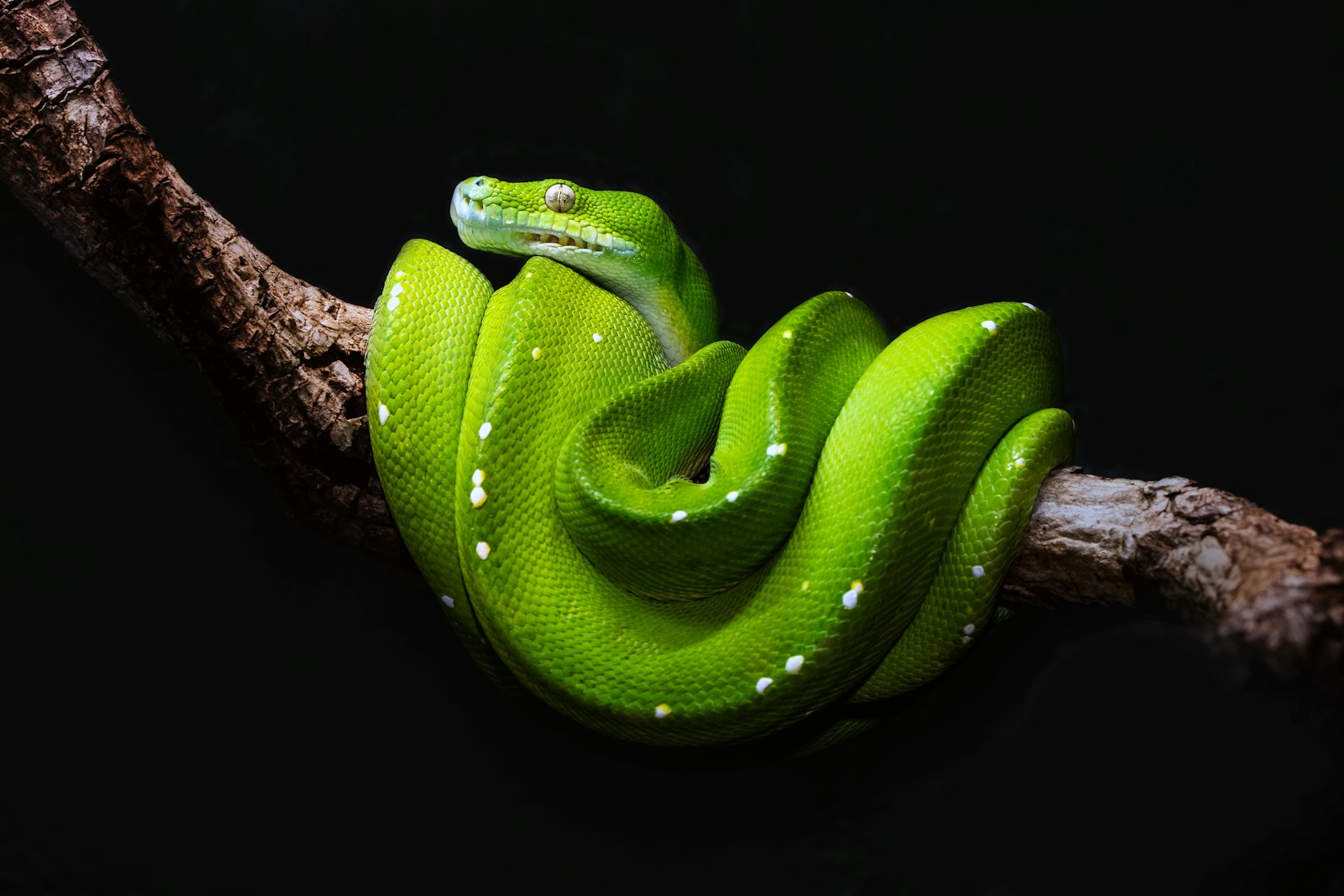Nature’s palette is ever-changing, with many creatures displaying remarkable physical transformations as they mature. Among these fascinating examples are certain snake species that undergo subtle yet distinct color changes throughout their lifespan. Unlike the dramatic metamorphosis of butterflies or the seasonal coat changes of arctic mammals, these serpents display a gradual shift in pigmentation that can baffle even experienced herpetologists. This natural phenomenon serves various ecological and evolutionary purposes, from camouflage adaptation to signaling reproductive maturity. In this exploration of chromatic transformation in serpents, we’ll slither through the fascinating world of snakes that change their appearance as they age.
The Science Behind Snake Color Changes
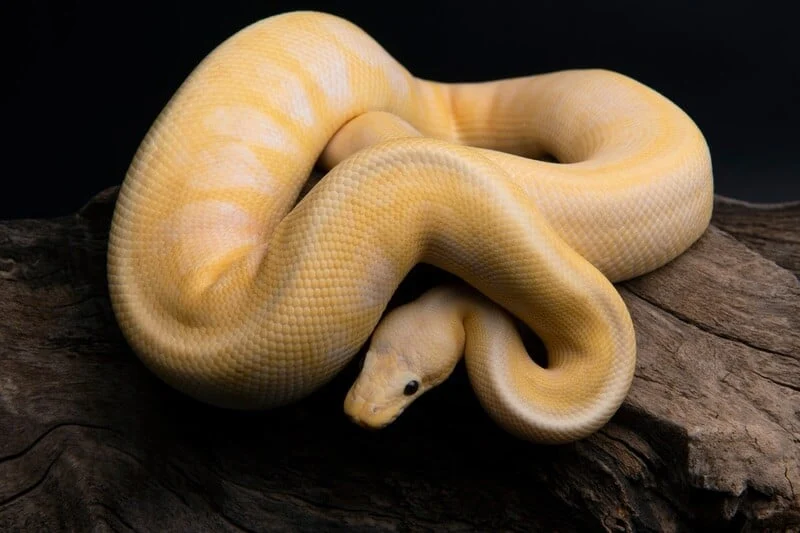
The basis for color changes in snakes lies in their specialized skin cells called chromatophores. These cells contain different types of pigments that can expand or contract to create varying color displays. In many species, juveniles possess different distributions or concentrations of these cells compared to adults. As the snake ages, hormonal changes trigger alterations in these chromatophores—either activating previously dormant pigments or reducing the expression of others. This process isn’t simply cosmetic; it’s deeply intertwined with the snake’s biology and ecological role. Some changes occur gradually over several years, while others happen more rapidly during specific developmental milestones.
The Yellow Rat Snake’s Dramatic Transformation
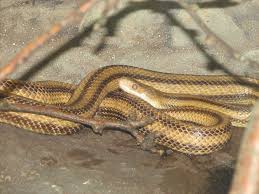
One of the most striking examples of ontogenetic color change (color change related to age) occurs in the Yellow Rat Snake (Pantherophis alleghaniensis). Juveniles of this species emerge from their eggs with a pronounced pattern of dark blotches against a grayish background, bearing little resemblance to the adults they’ll become. As they mature, this pattern gradually fades, and their bodies transition to a vibrant yellow coloration with four thin dark stripes running longitudinally down their bodies. This transformation is so dramatic that early herpetologists mistakenly classified juveniles and adults as separate species. The change typically completes by the time the snake reaches three to four years of age, coinciding with sexual maturity.
Green Tree Pythons: From Yellow and Red to Emerald
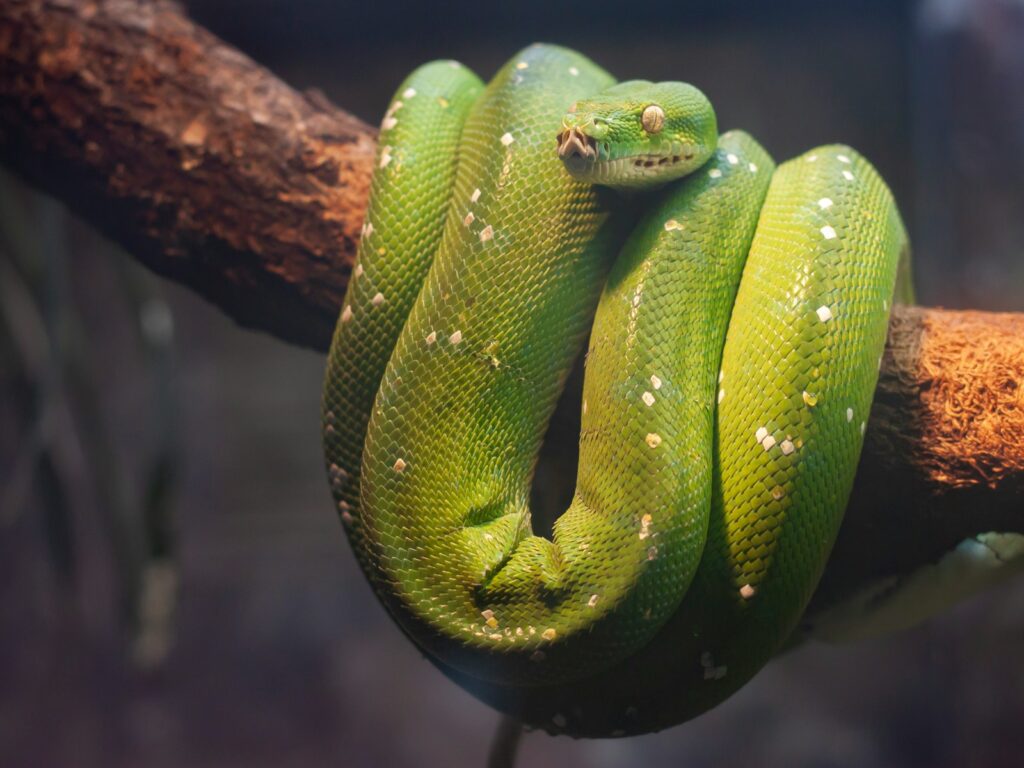
The Green Tree Python (Morelia viridis) exhibits one of the most dramatic color changes in the snake world. Hatchlings typically emerge in bright yellow or brick-red coloration, looking nothing like their future adult selves. As they mature, usually between six months and one year of age, they undergo a remarkable transformation, developing their signature emerald green coloration. This change isn’t merely superficial—it coincides with behavioral modifications as the young snakes transition from terrestrial habitats to arboreal ones. The initial bright colors may help camouflage juveniles against forest floors, while the adult green provides perfect camouflage among the tree canopies where they spend most of their lives hunting and evading predators.
The Subtle Shifts of the Corn Snake
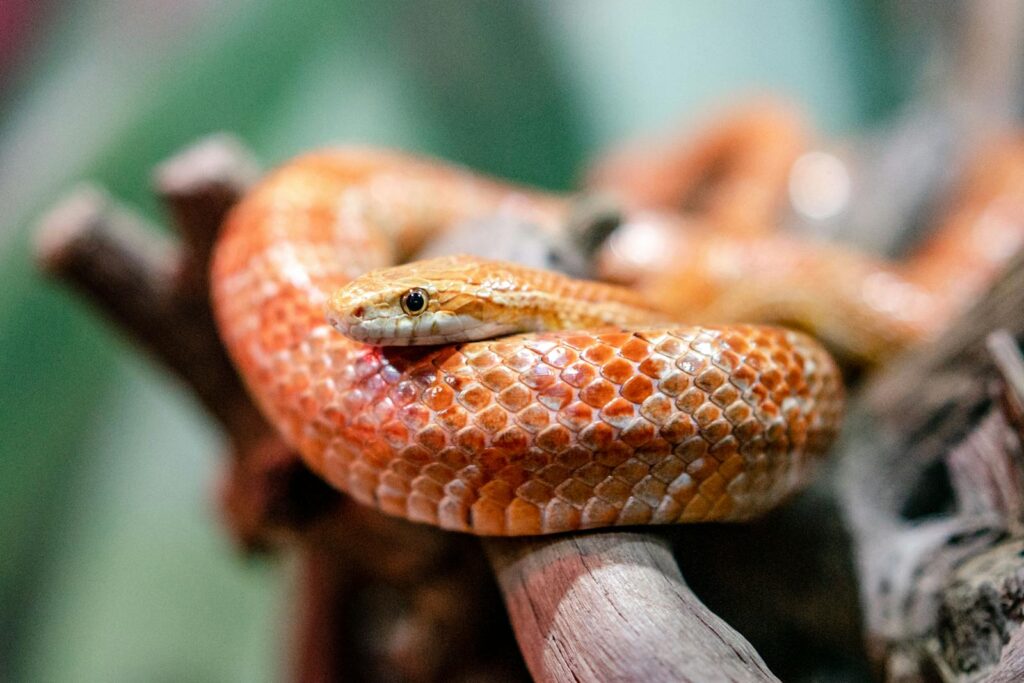
Corn Snakes (Pantherophis guttatus) demonstrate a more subtle but equally fascinating color transition as they age. Juveniles typically display more muted, grayish backgrounds with dark saddle-shaped markings. As they mature, their base coloration intensifies, transforming into vibrant orange or reddish hues that make adults so visually striking. The contrast between their markings also increases, with the borders becoming more defined and sometimes taking on a black or deep brown outline. These changes typically occur over the first two to three years of the snake’s life. Interestingly, the evolutionary purpose of this color change may be related to different predator-avoidance strategies needed at different life stages.
Evolutionary Advantages of Age-Related Color Changes

From an evolutionary perspective, age-related color changes in snakes offer several distinct advantages. For many species, juvenile coloration provides better camouflage in their specific microhabitats, like forest floors or leaf litter, where young snakes spend more time hunting smaller prey. As they grow and shift to new habitats or prey types, adult coloration provides more appropriate camouflage for their changed circumstances. In some species, juvenile patterns mimic venomous species, offering Batesian mimicry protection when they’re most vulnerable. Additionally, color changes can serve as visual signals of sexual maturity to potential mates, reducing unsuccessful mating attempts between adults and juveniles of the same species.
Hormonal Triggers of Color Transformation
The color metamorphosis in snakes is largely governed by complex hormonal processes. As snakes reach sexual maturity, increases in sex hormones like testosterone and estrogen can trigger significant changes in skin pigmentation. These hormones influence the distribution and concentration of different pigments in the skin cells. Research has shown that manipulating hormone levels in captive specimens can sometimes accelerate or alter these color changes. Environmental factors such as temperature, light exposure, and diet quality can further influence the timing and extent of these hormonal shifts. The interplay between genetics and environment creates the fascinating variety we see in how different snake species change color with age.
The Eastern Indigo Snake’s Subtle Maturation
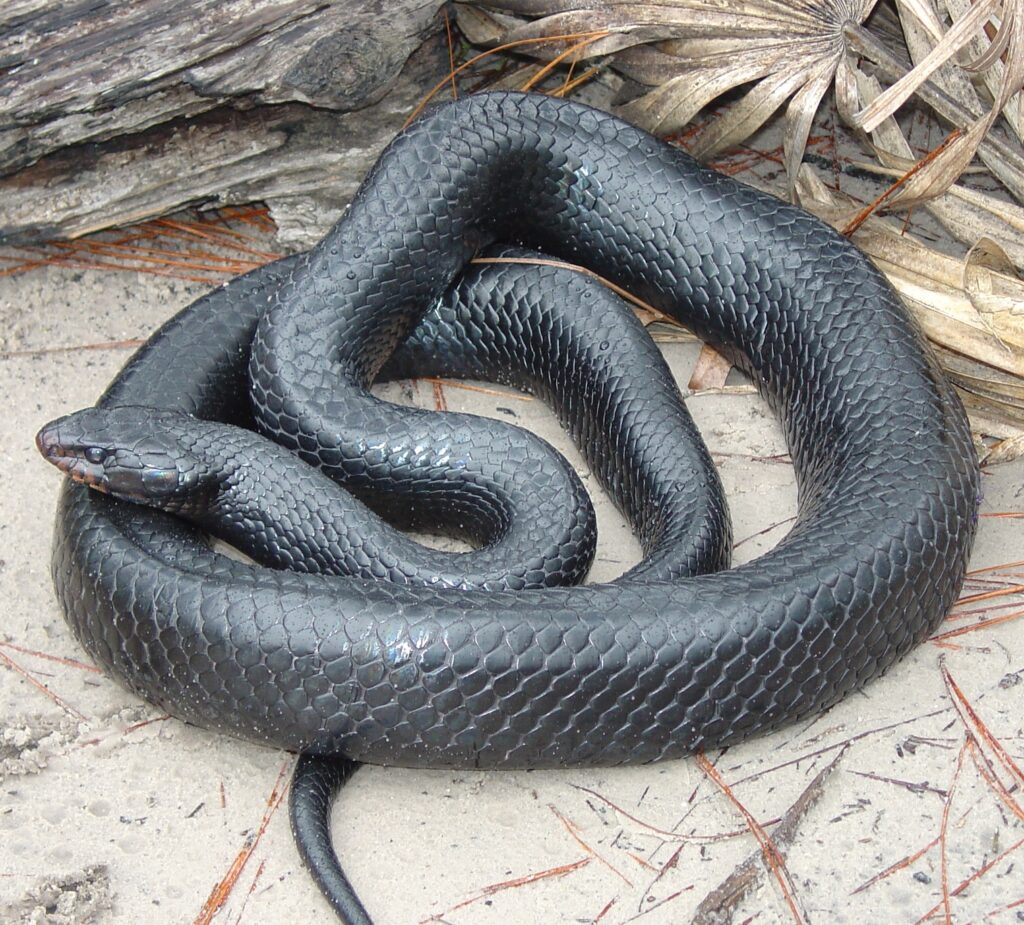
The Eastern Indigo Snake (Drymarchon couperi), North America’s longest native snake, undergoes a subtle but distinctive color transformation as it ages. Juveniles display a glossy black dorsal surface with cream or reddish chin and throat patterns that extend partially down their bellies. As they mature, their coloration deepens to an iridescent blue-black that gives them their “indigo” name, and the ventral markings become more pronounced and often more reddish in hue. This color intensification typically occurs over the first three to four years of life. The adult coloration, which can appear almost purple in certain lighting, may serve as a warning display, as these non-venomous snakes are known to stand their ground rather than flee when threatened.
Ball Python Color Intensity Changes
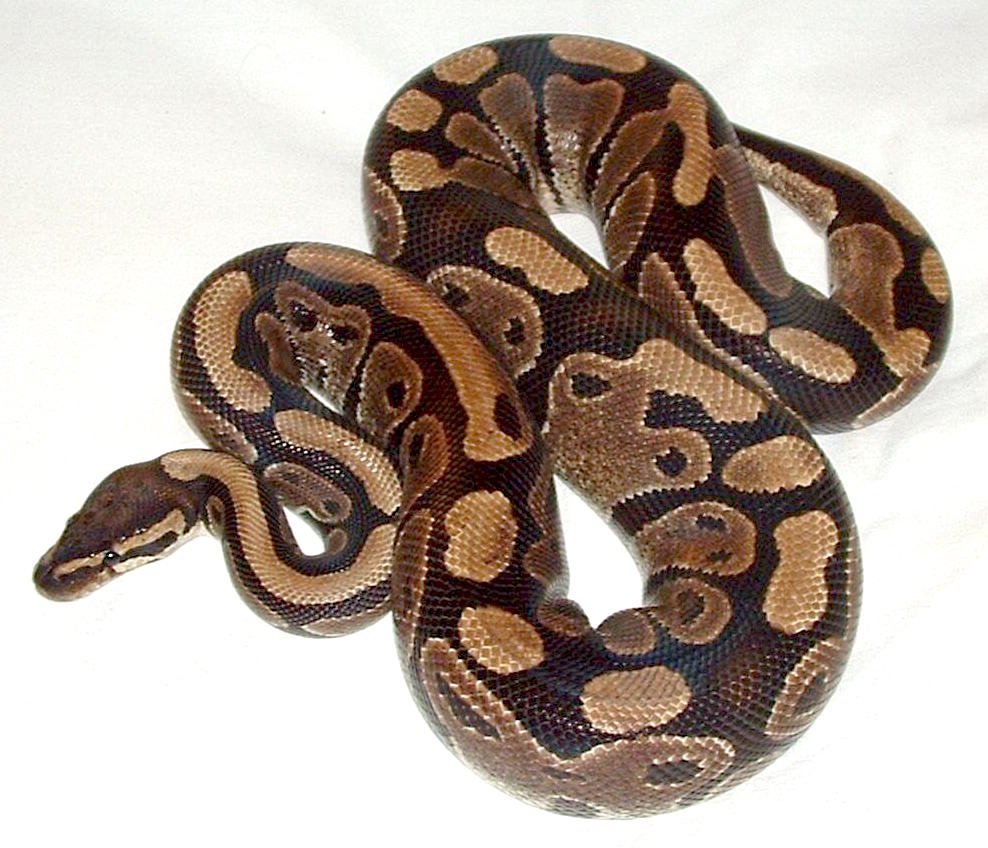
Ball Pythons (Python regius), one of the most popular pet snake species worldwide, undergo subtle but noticeable color changes as they mature. Juvenile specimens often display bright, crisp patterns with high contrast between their light and dark markings. As they age, this contrast typically diminishes somewhat, with colors becoming less vibrant and patterns appearing slightly muted or diffused. The yellow or gold highlights common in young snakes may darken to more amber or brown tones. These changes are particularly noticeable in wild-type specimens, though the process varies considerably among the hundreds of color morphs bred in captivity. The color maturation generally stabilizes after the snake reaches three to five years of age.
Rattlesnake Color Development Patterns
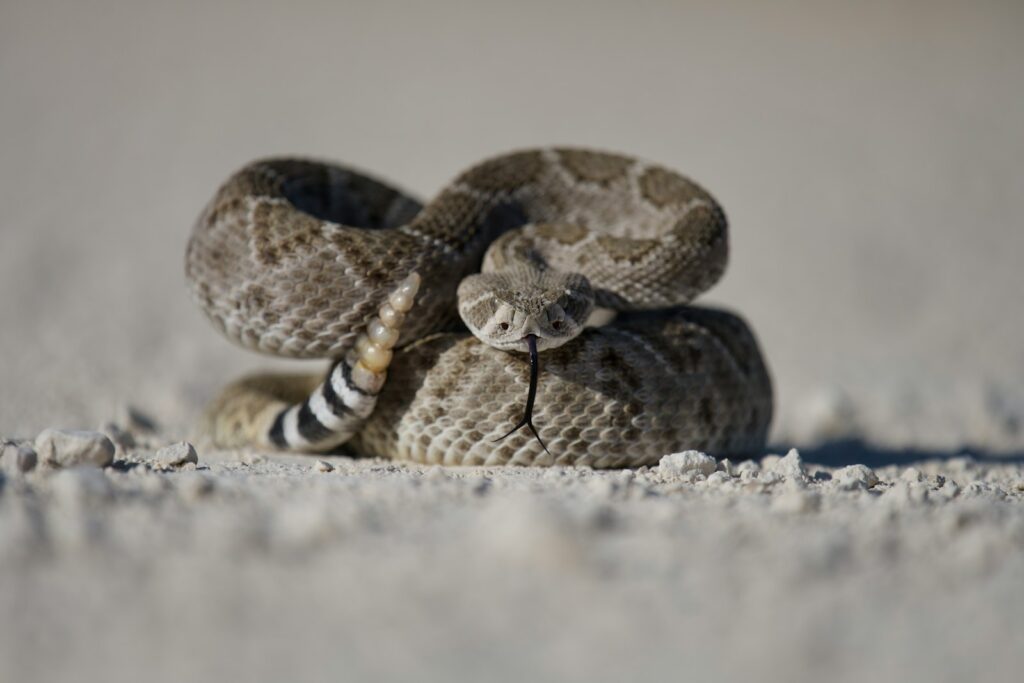
Many rattlesnake species exhibit distinctive color changes as they transition from juveniles to adults. Young Timber Rattlesnakes (Crotalus horridus), for example, often show more pronounced and contrasting patterns compared to adults, whose camouflage becomes more subtle and effective in their specific habitats. The juvenile Western Diamondback Rattlesnake (Crotalus atrox) typically displays a more vibrant pattern with distinctly defined diamond shapes, while adults develop a more muted, earth-toned appearance that blends better with their arid environments. These changes typically progress gradually over the first four to six years of life. Interestingly, some studies suggest that rattlesnake color development may be influenced by diet composition during key growth periods.
Color Changes in Captive Versus Wild Specimens
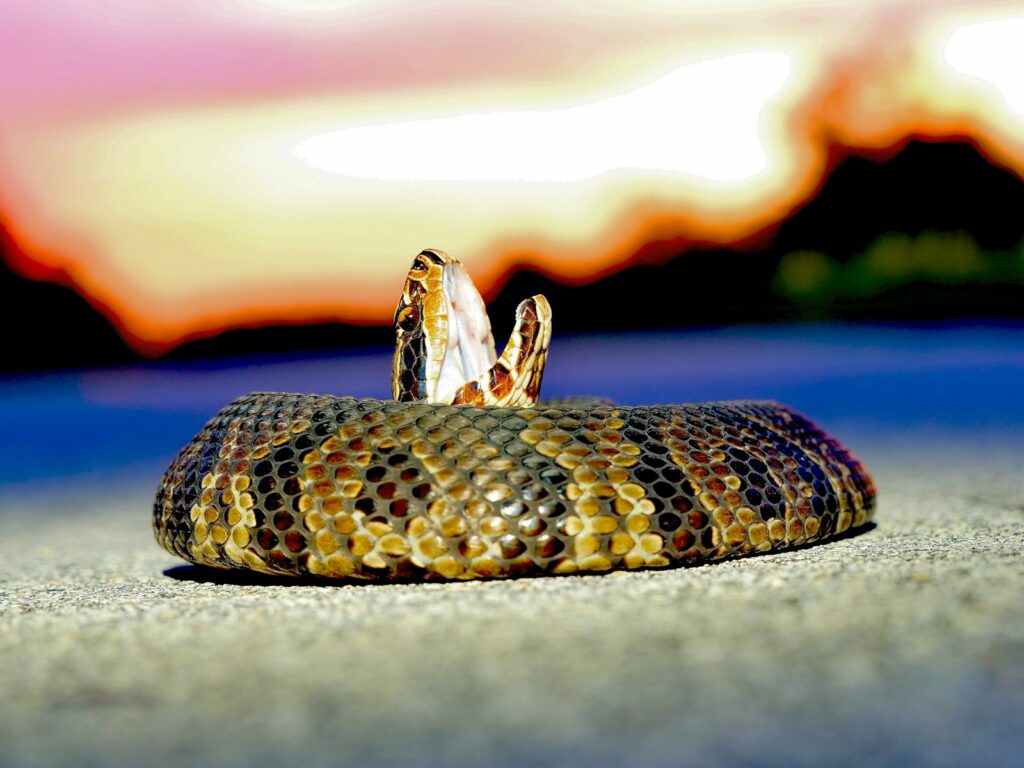
The environment plays a crucial role in how snake coloration develops with age, creating noticeable differences between wild and captive specimens of the same species. Captive snakes often retain brighter coloration into adulthood due to reduced exposure to environmental stressors like UV radiation, temperature extremes, and the physical wear that comes with navigating natural habitats. Diet quality in captivity, which is typically more consistent than in the wild, can also influence pigmentation development. Some breeders have reported that specific feeding regimens can enhance or preserve juvenile coloration patterns. However, certain aspects of age-related color change appear to be genetically programmed and will proceed regardless of environmental conditions, though perhaps at different rates or intensities.
The Kingsnake’s Age-Related Pattern Changes
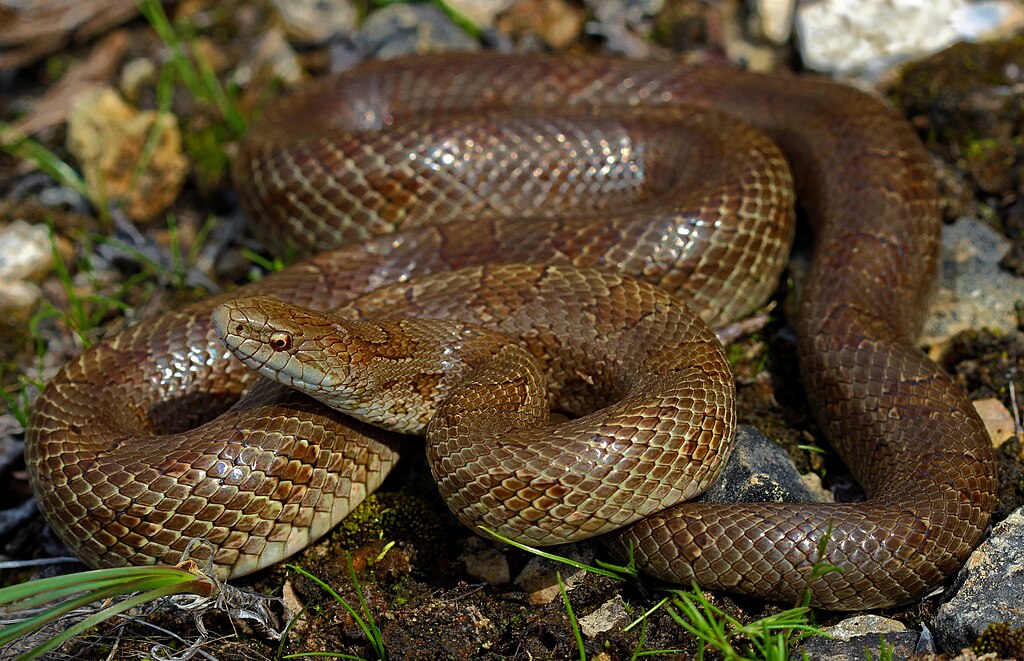
Several kingsnake species demonstrate notable changes in pattern definition as they mature. The California Kingsnake (Lampropeltis californiae), for instance, often hatches with crisp, well-defined bands or stripes that tend to blur slightly as the snake ages. The contrast between the dark and light portions of their pattern typically diminishes over time, with some adult specimens showing significantly faded patterns compared to their juvenile appearance. The Mexican Black Kingsnake (Lampropeltis getula nigrita) undergoes an even more dramatic transformation, starting life with visible white or yellow bands that gradually disappear as the snake matures into an almost uniform glossy black. These changes generally progress over the first three years of life and may be influenced by factors like diet quality and environmental conditions.
Documenting and Tracking Color Development
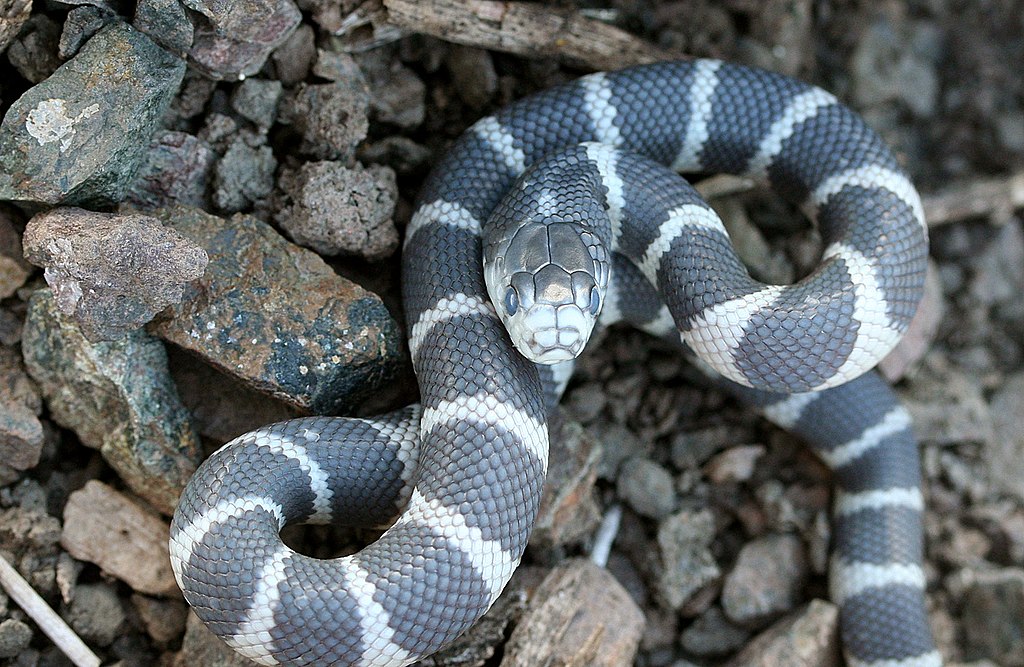
For both scientists and reptile enthusiasts, tracking the color development of snakes provides valuable information about their growth, health, and maturation. Modern herpetologists use standardized color charts, high-resolution photography, and even spectrophotometry to document these changes with precision. Some researchers maintain photographic databases of individual snakes photographed at regular intervals throughout their development. Captive breeders often document these changes to understand genetic inheritance patterns in their projects related to breeding. These records have proven invaluable in identifying new color mutations and understanding how various traits express themselves differently at different life stages. For pet owners, regular photography can create a fascinating visual history of their snake’s development over time.
Conservation Implications of Age-Related Color Changes
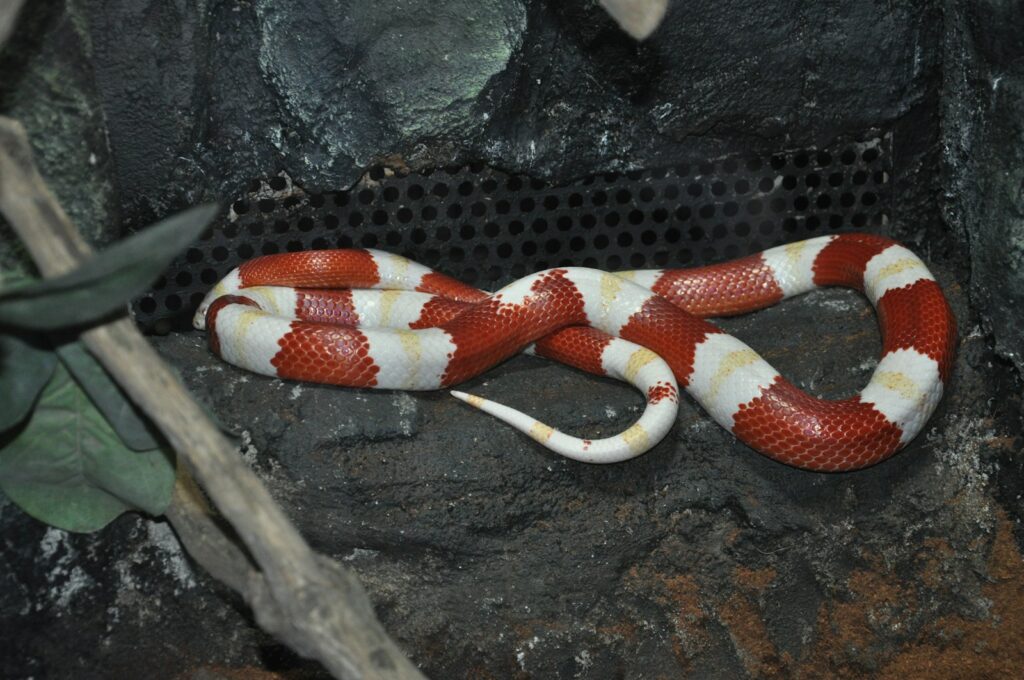
Understanding age-related color changes has important implications for snake conservation efforts worldwide. Incorrect identification of juveniles as different species or subspecies can lead to flawed population estimates and conservation strategies. In captive breeding programs for endangered species, knowledge of normal color development helps caretakers assess the health and development of young snakes. For some species, like the Eastern Indigo Snake, color changes serve as reliable indicators of sexual maturity, helping conservationists time release programs to maximize breeding success in the wild. Additionally, public education about these natural transformations can help reduce fear when people encounter unfamiliar juvenile forms of common snake species, potentially decreasing unnecessary snake killings.
Age-related color changes in snakes represent one of nature’s more subtle but fascinating transformations. From the dramatic metamorphosis of Green Tree Pythons to the subtle intensification of patterns in corn snakes, these changes reflect complex adaptations to changing ecological roles throughout a snake’s lifetime. Understanding these transformations not only satisfies scientific curiosity but also aids in conservation, proper identification, and captive care of these remarkable reptiles. As technology advances and more long-term studies are conducted, we’ll likely discover even more species that undergo these chromatic journeys through life, adding new chapters to our understanding of these remarkable, color-shifting serpents.

